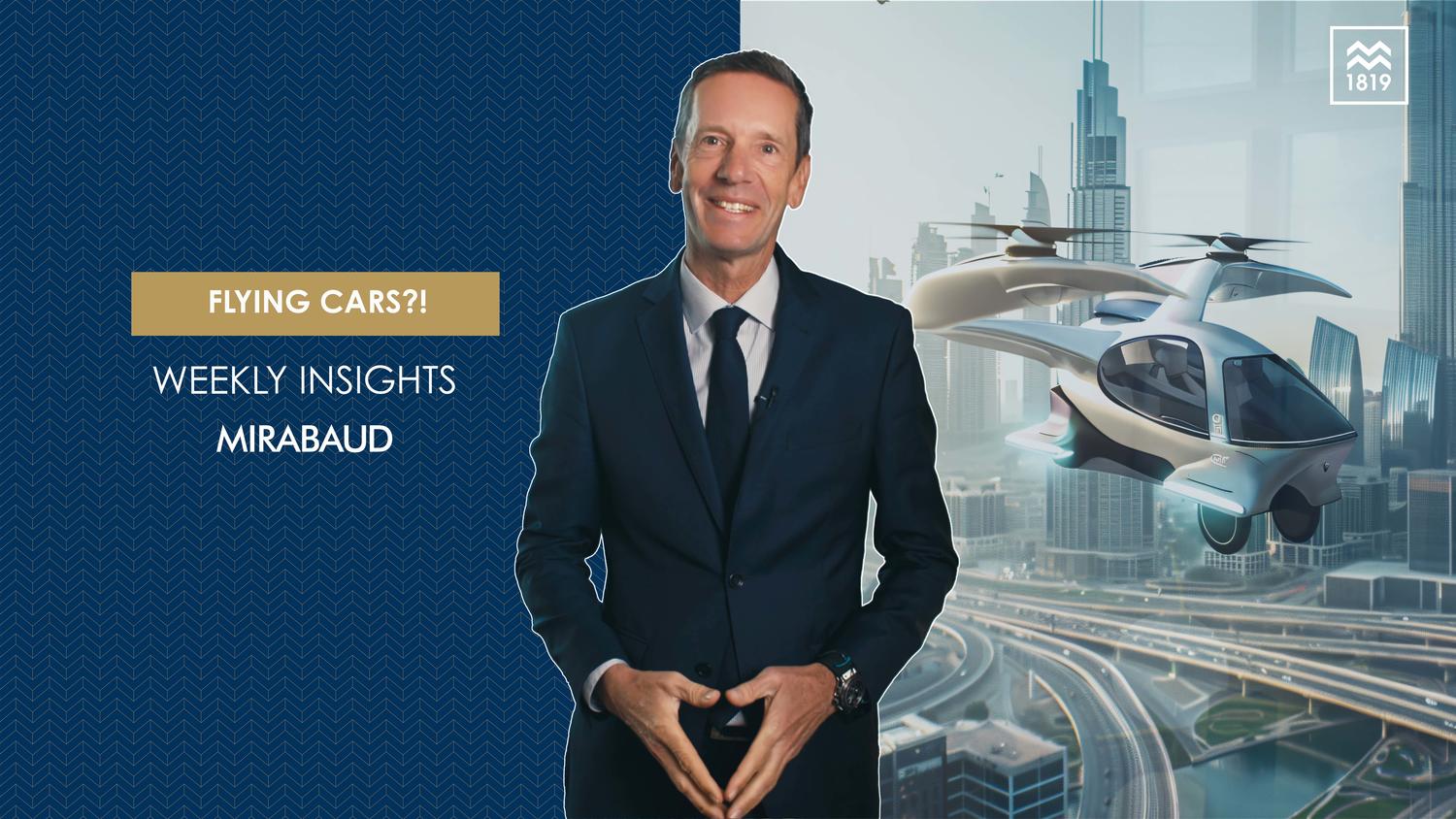A mere few weeks ago, the notion of flying cars revolutionizing our travel habits would have elicited laughter. But today, that skepticism is fading.
Thanks to visionary entrepreneurs like Elon Musk, who hinted at a flying Tesla, the internet is abuzz with news about airborne vehicles. Well-funded companies are now in a race to create viable production models, and we could witness these electric marvels taking flight as early as next year.
Attitudes toward Advanced Air Mobility (AAM) are evolving. Recent studies reveal that Americans, especially younger urban dwellers, are increasingly open to the idea of flying to their destinations. However, defining what truly constitutes a “flying car” remains elusive.
At present, electric vertical takeoff and landing vehicles (eVTOLs) dominate the conversation. These aircraft combine the agility of helicopters with the efficiency of electrical’s propulsion.
Take Joby’s air taxi service in Manhattan, for instance. Their eVTOL, resembling an oversized drone, aims to whisk passengers from New York City to John F. Kennedy International Airport. Yet, challenges persist.
eVTOL manufacturers grapple with multifaceted obstacles. Crafting lightweight, composite-material aircraft with ample battery life is one challenge. Equally critical is mastering the art of piloting these flying cars. Autonomous flight capabilities and pilot training remain significant barriers.
Regulatory roadblocks also loom large. The Federal Aviation Administration (FAA), tasked with overseeing these novel vehicles, adopts a cautious “crawl-walk-run” approach.
As we inch forward, the U.K. government is also preparing for the eVTOL revolution, envisioning these vehicles gracing their skies within four years.
While the promise of eVTOLs excites us, it’s essential to recognize that these cutting-edge vehicles come at a cost. Prices can range from $150,000 to a staggering $10 million, depending on the model.
In this dynamic landscape, flying cars are no longer the stuff of science fiction—they’re poised to reshape our urban mobility.
Flying cars have the potential to revolutionize travel between destinations typically served by short-haul commercial flights. Instead of catching a shuttle from Paris to London, picture yourself gliding through the skies in your own personal aircraft. The hours spent navigating roads would shrink to mere minutes as you effortlessly cover the distance.
But the impact of flying cars extends far beyond convenience. As these vehicles evolve—becoming faster, more efficient, and increasingly affordable—they hold the tantalizing promise of challenging traditional commercial aviation.
Imagine a world where flying to your next business meeting or family vacation doesn’t involve crowded airports, security lines, or delayed flights. Instead, you hop into your sleek airborne vehicle and take off directly from your driveway.
Be focused on April 23 when Tesla publishes its results, when we should know a little more about a potential "flying Tesla".



